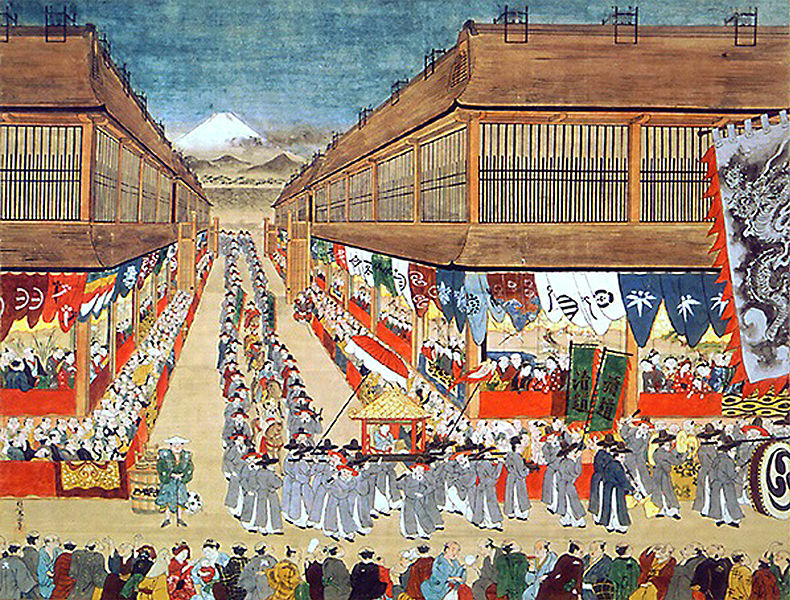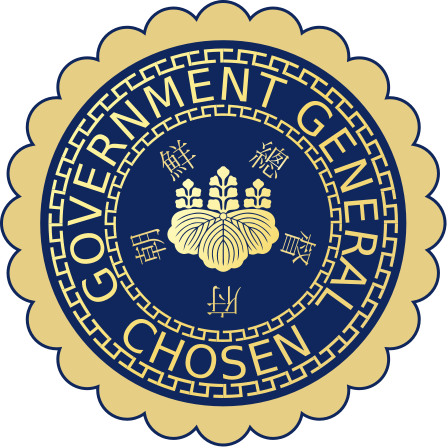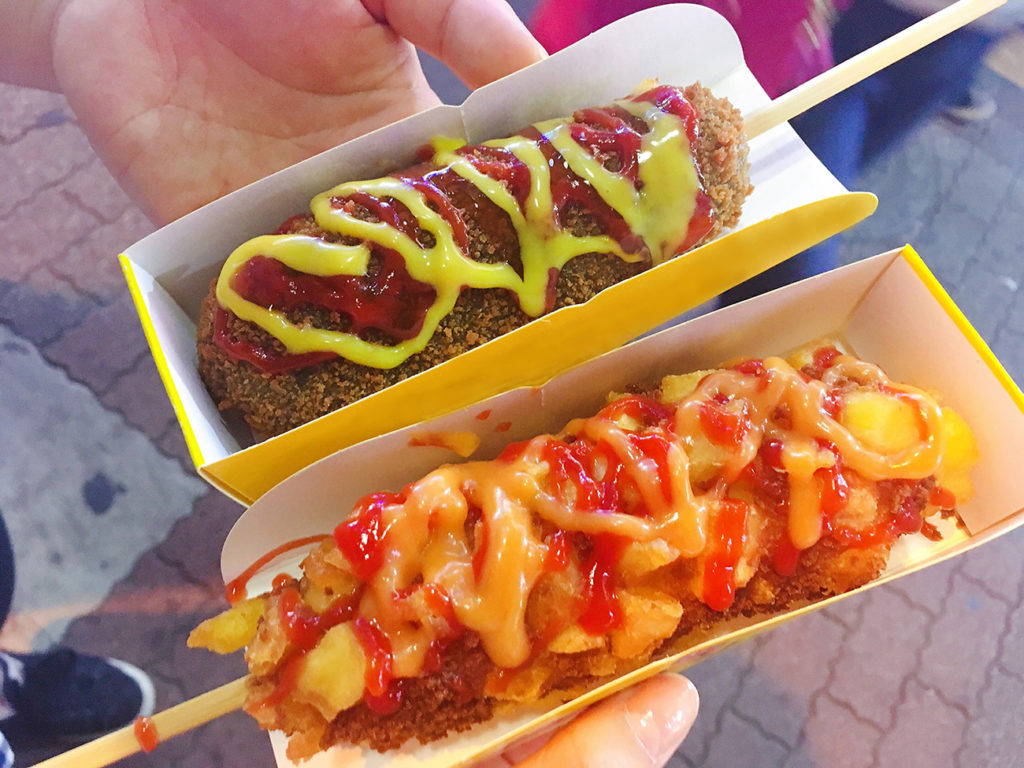
Japanese and Korean History and Shin-Okubo
For more than 15 centuries up until today, Japan and Korea have had relations that were characterized by economic trade, political interactions, cultural exchanges and military conflict.
Seal of the Government-General of Korea during Japanese Occupation. | Ahnode
The interchanging of cultures and ideas between Japan and the Indochinese Peninsula was a usual occurrence through migration through Korea as well as diplomatic trade between the two countries. Buddhism, Han characters, Chinese-influenced cuisine and other technology were brought to Japan.
The noticeable similarities of the Japanese and Korean languages share linguistic typology (a field of linguistics that studies and classifies languages according to their structural and functional features), related to their syntax and morphology. There is a small number of lexical resemblances and some difference in native scripts called hanja in Korea and kanji in Japan. The similarities in both languages point to the history of Korean influence on Japanese culture.
There was a point in recent history where Korea was under Japanese rule (Dai Nippon Teikoku or Chosŏn), between 1910 through 1945. The Chosŏn dynasty (Great Korean Country) was a Korean dynastic kingdom that lasted for about five centuries.
Japanese painting by Tōei Hanegawa, depicting the procession of the 1748 Joseon missions to Japan in Edo.
The Japan-Korea Treaty of 1876 started the process of Korea’s political and economic integration into Japan. In 1905, Korea became a protectorate of Japan and in was formally annexed in 1910 and became Japanese Korea, an overseas colony. The Japanese rule over Korea ended upon the surrender of Japan in World War II and the armed forces of the United States and the Soviet Union occupied the territory. The division of Korea separated the Korean Peninsula under two governments and economic systems with the southern United States Army Military Government and the northern Soviet Civil Administration in Korea.
Shin-Okubo is a quaint little neighborhood within the Shinjuku ward in Tokyo. It is conveniently accessible as one of the stops on the Yamanote train loop.
Shin Okubo Korean hotdog.
Shin-Okubo was once an affordable neighborhood that became popular with Korean students and laborers in the 80’s that slowly grew to be Korea town with the largest Korean community in the country. It is popular for K-pop, Korean food and anything Korean. One of the more popular landmarks of the area is Okubo-dori, a shopping street close to the station and surrounding side streets lines with small shops selling Korean merchandise and food items.
Little Korea has also numerous markets and restaurants that have some unique after-hours entertainment. K-pop tunes are heard all around the place and there are numerous Korean-themed clubs and bars that make for an exciting night life in Shin-Okubo. Little Korea is truly a place worth visiting to experience the intermingling of Japanese and Korean cultures when visiting Japan.



